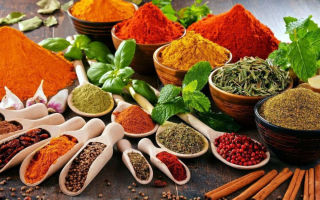Content
The list of foods containing copper is very wide - the trace element is often found in food. But only a few dishes supply it to the body in really high dosages and therefore deserve a detailed study.
What foods contain copper
Copper takes a special place among the trace elements that are important for human health. Every day, 1.5 to 3 mg of the substance must enter the body, otherwise unpleasant symptoms may develop. A deficiency of a trace element leads to anemia and a decrease in immunity, negatively affects the condition of the liver and biliary tract.
In certain quantities, the trace element is present in a large list of food products. But it contains especially a lot:
- in animal and fish liver;
- in cereals and seeds;
- in nuts and natural oils;
- in cereals and legumes;
- in vegetables and herbs;
- in fermented milk products.
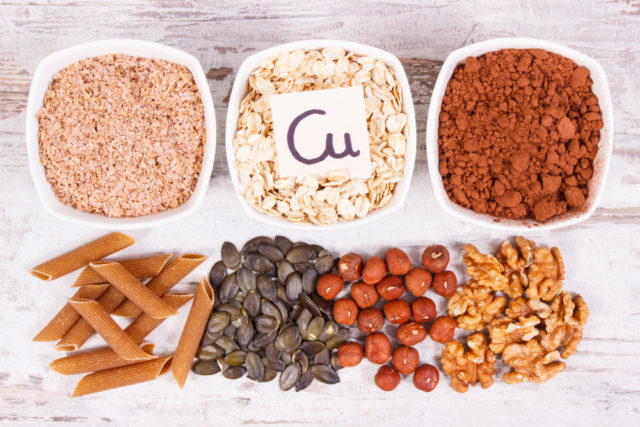
Constantly copper in the human body should be present in volumes of about 75-100 mg. If you need to get rid of the deficiency of a mineral substance, you should pay attention to products with the maximum amount of its content.
Foods with high levels of copper
The easiest way to get a mineral substance is from food that can 100% satisfy the body's need for a trace element. A detailed list of copper foods will help you decide what to include in your diet.
Liver
In the human body, the trace element accumulates mainly in the tissues of the liver, and exactly the same feature is characteristic of animals. Therefore, the best source of copper in food is the liver of fish, poultry or large animals.
Most of the substance is contained in the liver of cod - about 12.5 mg per serving per 100 g. In second place is the liver of pollock, it contains 10 mg of a trace element. Pork and beef liver can supply the substance to the body, they contain 3.75-3.8 mg of copper.

The liver is most beneficial when boiled, since during frying, part of the vitamins and minerals in it is destroyed. You can use the product with vegetables, but it is better not to add sour cream and eggs to ready-made dishes, they interfere with the assimilation of the element.
Nuts
In large quantities, the trace element is present in almost all nuts. With their help, you can successfully replace vitamin complexes. In particular, copper contains:
- in cashews and walnuts;
- in hazelnuts and pistachios;
- in almonds and peanuts;
- in pine and Brazil nuts.
The leader in substance content is cashews - 2.2 mg per serving per 100 g. Slightly less trace element in hazelnuts and Brazil nuts - 1.7 and 1.65 mg, respectively, in other varieties the volume of the element does not exceed 1.5 mg.
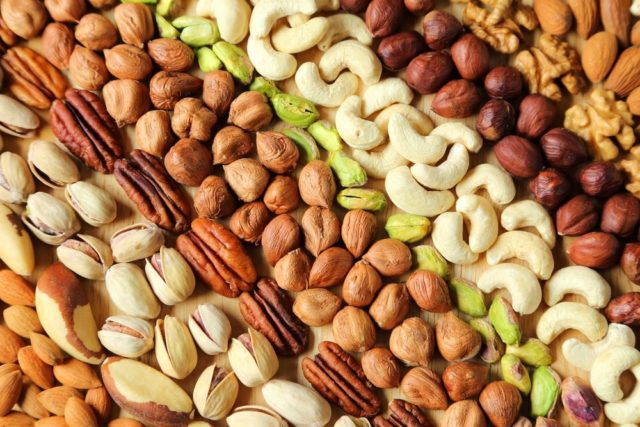
It is most useful to eat nuts fresh, because after roasting, the volume of minerals in the product decreases, and the calorie content increases. In addition to copper, nuts supply other minerals to the body - iron and calcium, zinc.
Seafood
Seafood is a valuable source of the chemical element. Among the leaders in terms of substance content are:
- oysters, 100 g contains about 4.4 mg of a trace element;
- squid - about 2.1 mg of the substance;
- lobster, approximately 1.9 mg per 100 g serving
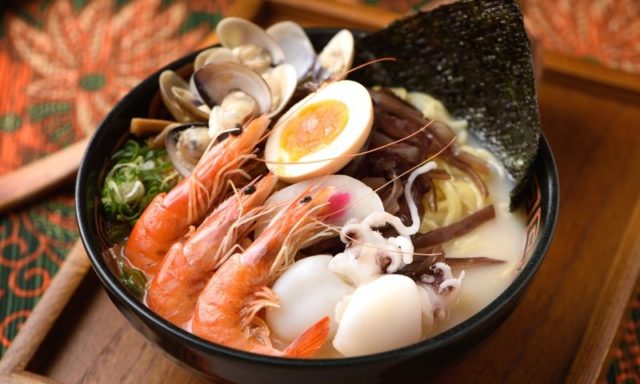
The benefits of seafood lie in the fact that they comprehensively supply not only copper, but selenium, zinc, fatty acids and B vitamins to the body. Regular consumption of squid, lobster and oysters helps maintain healthy cholesterol levels and prevents the development of cancer.
Vegetables
You can get a chemical element from vegetables, even with a modest diet, it is quite possible to prevent deficiency. Among the richest micronutrient foods are:
- radish - about 0.15 mg;
- potatoes - up to 0.14 mg per 100 g serving;
- beets - 0.14 mg;
- eggplant - about 0.14 mg;
- cucumbers - about 0.1 mg;
- cabbage and onions - 0.08 and 0.09 mg, respectively.
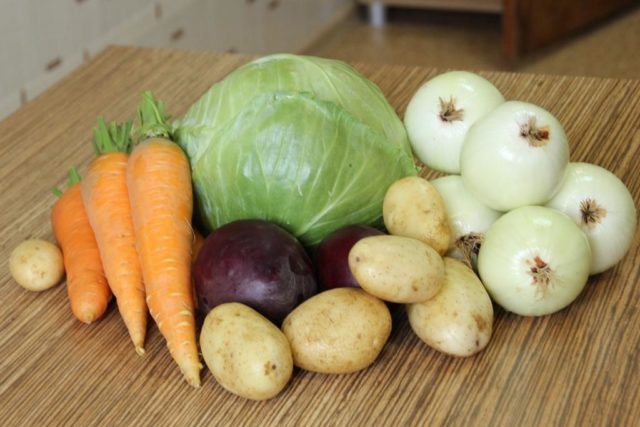
Garlic contains quite a lot of copper - 0.13 mg in a 100 g serving. But it should be borne in mind that garlic is very spicy, and is present in the diet in minimal quantities. Accordingly, it is difficult to get really large portions of a trace element from it.
In addition to copper, all vegetables contain potassium, magnesium, vitamins and fiber. Products not only replenish copper deficiency, but also improve intestinal peristalsis, cleanse tissues and strengthen the heart muscle.
Cereals
You can get a trace element necessary for the body from cereals. Most of the mineral substance is present:
- in buckwheat, up to 0.7 mg of copper can be obtained from a small portion of porridge;
- in oatmeal - the indicator is slightly lower, up to 0.5 mg;
- in "Hercules" croup - about 0.4 mg.
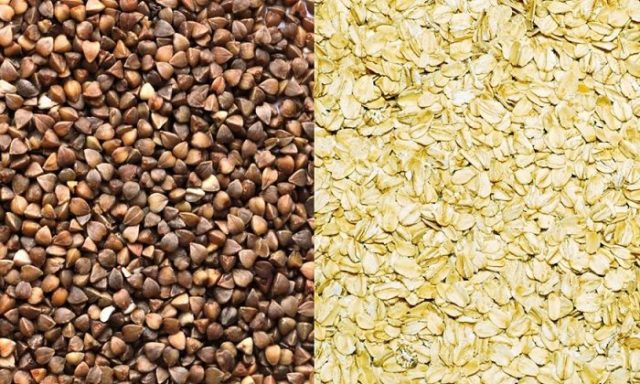
The mineral component is contained in millet, barley, rice and pearl barley, but the volumes are quite small - from 0.3 to 0.2 mg.
Legumes
Many legumes fall on the list of copper foods. Among them, we can especially note:
- peas, about 0.75 mg of substance per 100 g;
- beans - about 0.48 mg;
- lentils - about 0.66 mg.

Green peas are allowed to be eaten fresh - useful minerals, including copper, in this case are most preserved. The rest of the legumes are usually boiled and then used as an independent snack or as part of mashed potatoes, side dishes, cutlets and canned food.
Cereals
Cereal seeds are commonly used to maintain normal levels of copper in the body or when the substance is slightly deficient. For example, you can use it as a prevention of the lack of an element:
- regular sunflower seeds, a 100 g serving contains about 1.8 mg of copper;
- pumpkin seeds - about 1.4 mg;
- flaxseeds - 1.2 mg
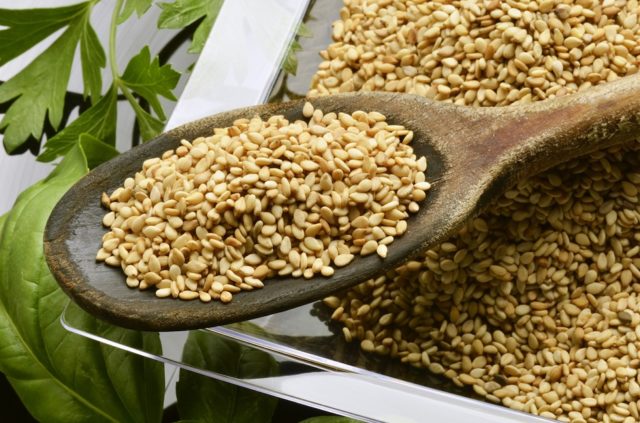
Sesame seeds contain as much as 4.4 mg of the mineral, with their help you can even cope with a pronounced copper deficiency.
Fruits and dried fruits
You can get the substance necessary for the body from fruits, especially during the summer period of maximum harvest. The largest amount of copper is present:
- in oranges - 0.65 mg per 100 g of pulp;
- in apricots - 0.14 mg;
- in strawberries - 0.13 mg;

Among berries, rose hips and gooseberries are good sources of the substance - 4 and 1.3 mg, respectively. Copper is found in small quantities in currants and strawberries.Among dried fruits, raisins deserve attention, which contains about 0.36 mg of the substance, and dates - 0.4 mg.
Dairy products
The copper content in dairy products is very low. With the help of cottage cheese, yogurt, fermented baked milk and milk, it is impossible to fully cover the pronounced deficiency of the trace element. In particular, you can get:
- from cottage cheese 5% fat - about 0.06 mg of the substance;
- from farm milk - about 0.01 mg;
- from fermented baked milk with 4% fat content - about 0.01 mg.
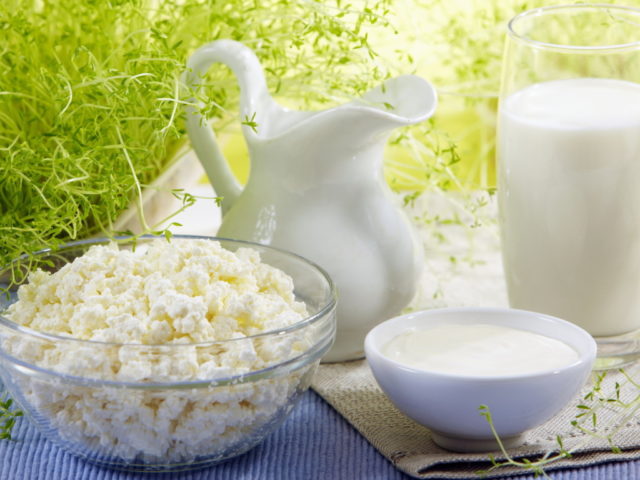
It is healthier to consume fermented milk products to saturate the body with protein, calcium, phosphorus and other microelements.
Vegetable and animal oils
With a copper deficiency, a small amount of the substance can be obtained not only from ordinary food. The trace element is present in the composition of vegetable and animal oils, mainly cold-pressed and unrefined.
You can use as copper-containing products:
- sesame oil - up to 4 mg of a trace element per 100 ml is present in high-quality pomace;
- pumpkin seed oil, about 1.5 mg;
- walnut oil - about 0.5 mg.
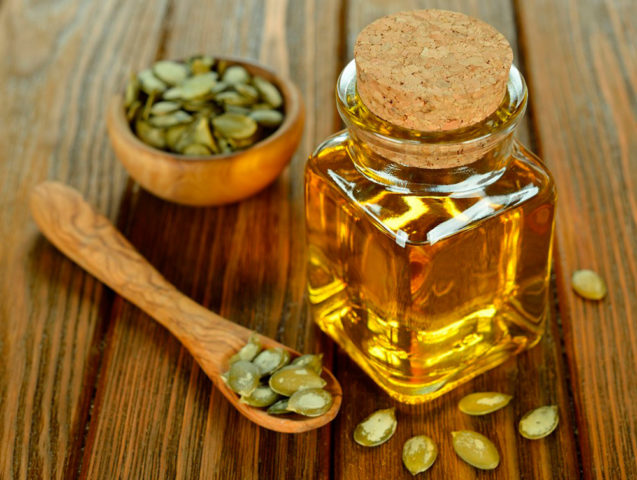
Not much copper is present in animal oils. In particular, traditional butter with 82.2% fat contains only 0.002 mg of a trace element.
Spices
Hot spices and herbs improve not only the taste of dishes, but also the benefits. Many seasonings are classified as copper-containing foods and can slightly increase the presence of this element in the diet.
You can get a small amount of the required substance:
- from basil, it contains about 1.4 mg of a trace element;
- from marjoram - 1.1 mg;
- from thyme, about 0.88 mg;
- from oregano - about 0.96 mg;
- from black pepper, the spicy powder contains about 1.3 mg;
- from ginger - about 0.4 mg.

Although spices are quite strongly saturated with a chemical element, it must be remembered that the volume of its content is usually indicated per 100 g of the product. At the same time, spices and spices in cooking are used literally on a pinch, thus, the amount of an element in a seasoned dish increases very slightly.
Copper content table in food
Since copper is ubiquitous in foods, it’s difficult to remember where it’s the most. The table helps to navigate, which lists the main sources of the valuable trace element:
|
Product |
Copper content per 100 g serving (in mg) |
Percentage of Daily Value |
|
Cod liver |
10 |
1000% |
|
Spinach |
7 |
700% |
|
Beef liver |
3,8 |
380% |
|
Hazelnut |
1,8 |
180% |
|
Rosehip |
||
|
Sunflower seeds |
||
|
Squid |
1,5 |
150% |
|
Peanut |
1,14 |
114% |
|
Peas |
0,75 |
75% |
|
Lentils |
0,66 |
66% |
|
Buckwheat grain |
0,64 |
64% |
|
Rice |
0,56 |
56% |
|
Walnuts |
0,53 |
53% |
|
Pistachios |
0,5 |
50% |
|
Oat groats |
||
|
Beans |
0,48 |
48% |
|
Beef heart |
0,45 |
45% |
|
Octopus |
0,43 |
43% |
|
Basil |
0,39 |
39% |
|
Millet groats |
0,37 |
37% |
|
Raisins |
0,36 |
36% |
|
Pearl barley |
0,28 |
28% |
|
Millet groats |
0,37 |
37% |
|
Pumpkin |
0,18 |
18% |
|
Radish |
0,15
|
15%
|
|
Radish |
||
|
Apricots |
0,14
|
14%
|
|
Eggplant |
||
|
Potatoes |
||
|
Beet |
||
|
Strawberry |
0,13
|
13%
|
|
Garlic |
||
|
Pear |
0,12
|
12%
|
|
Milk |
||
|
Tomatoes |
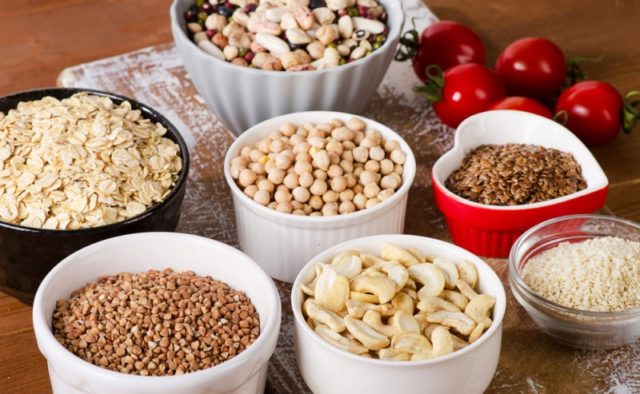
When composing a diet rich in copper, the main focus should be on the listed foods. Other copper-containing foods can only act as an addition to the main menu items.
Rules for the use of products containing copper
Copper is a valuable microelement with a high absorption rate. With the correct use of the corresponding products in the stomach and intestines, about 93% of the substance is safely absorbed.But in order for a trace element to be well perceived by the body and to be beneficial, it is necessary to follow some rules:
- It is best to consume copper-containing foods with protein foods, it facilitates absorption. Products with cobalt content also go well with the trace element.
- Fruits and vegetables with a high content of vitamin C, fructose, zinc and iron interfere with the absorption from food. Egg yolk and foods with large amounts of molybdenum and magnesium are negatively reflected.
- When replenishing a micronutrient deficiency, it must be remembered that copper can be dangerous. In excessive doses, it becomes toxic - more than 3 mg of the substance cannot be consumed by an adult. The side effects of being oversupplied include chronic fatigue, sleep disturbances and hair loss.
- You can consume a trace element in large quantities during pregnancy and lactation. In these cases, the daily dosage sometimes rises to 4 mg, but you need to focus on the test results and doctor's recommendations.
- The assimilation of a chemical element is strongly disturbed by alcohol. Alcohol abuse is harmful in itself, and with a deficiency of minerals, it will simply prevent you from increasing the level of the required trace element, even with a good diet.
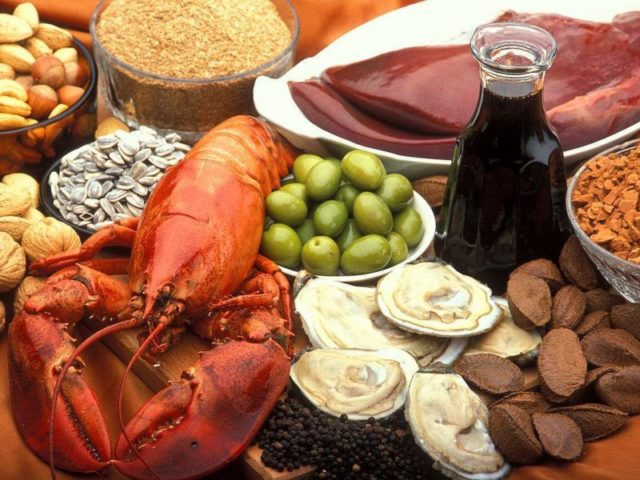
Severe copper deficiency is rare - the trace mineral is present in many of the available foods. Therefore, it is worth increasing the dosage of a substance in your diet only if the tests showed a strong shortage. In other cases, you just need to maintain the existing balance.
Conclusion
The list of foods containing copper includes meat, vegetables, fish, a variety of grains and fruits. Even with a limited diet, it is easy to keep copper-containing foods in your daily menu and avoid micronutrient deficiencies.

